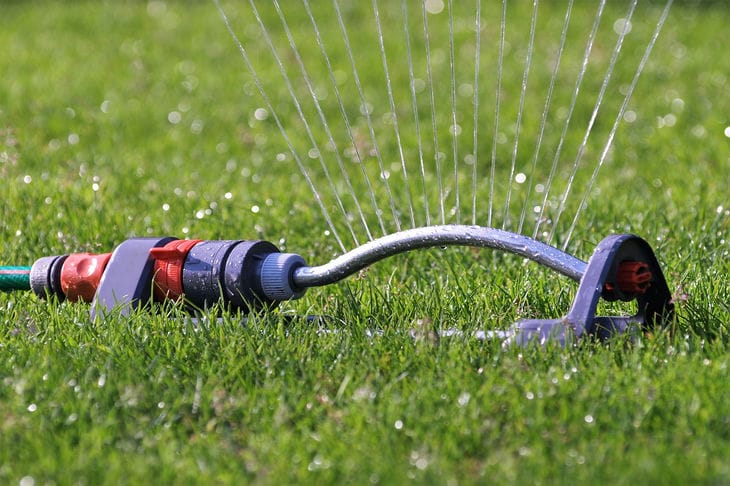An essential tool for many gardeners, the common sprinkler can be both beneficial and harmful to plants.
Improper use of this device can lead to a number of problems affecting the health and productivity of green spaces.
Negative impact of sprinkler
Water, falling on plant leaves, creates a favorable environment for the development of fungal diseases, says Anastasia Kovrizhnykh .

Wet foliage becomes vulnerable to various pathogens that can cause powdery mildew, spotting and other diseases.
Using a sprinkler in the evening is especially dangerous, as the moisture does not have time to evaporate before nightfall, creating ideal conditions for the growth of fungi.
The root system of plants also suffers from improper watering with a sprinkler.
Constant water falling on the soil surface leads to its compaction and the formation of a crust, which prevents air from penetrating to the roots.
As a result, plants experience oxygen deficiency, which negatively affects their growth and development.
Minimizing risks
To avoid negative consequences of using a sprinkler, you must follow certain rules.
Firstly, watering should be done in the morning so that the moisture has time to evaporate from the leaves before the onset of cool weather.
Secondly, it is necessary to choose sprinklers with an adjustable spray angle and direct the stream of water directly onto the soil, avoiding contact with the leaves.
There are alternative methods of watering that are safer for plants. Drip irrigation allows water to be delivered directly to the roots, eliminating its contact with the leaves.
This method also helps to save water, as it eliminates its loss due to evaporation.
Another option is to use a hose with a sprinkler attachment, which allows you to adjust the intensity and direction of watering.
Choosing the Right Sprinkler
When choosing a sprinkler, you should consider the size and features of the garden. Compact models with circular spraying are suitable for small areas, while sprinklers with sector watering are better for larger areas.
It is also necessary to pay attention to the material from which the device is made: plastic models are lighter and more affordable, but less durable than metal ones.
Features of irrigation of different crops
Different types of plants have their own characteristics that need to be taken into account when watering. For example, vegetable crops require more frequent and abundant watering than ornamental plants.
Fruit trees require deep soil wetting, especially during the fruiting period.
It is important to avoid getting water on the trunk and leaves to prevent the development of fungal diseases.
Common mistakes when using a sprinkler:
1. Watering in the evening.
2. Directing the stream of water onto the leaves of plants.
3. Using a high pressure sprinkler, which causes damage to plants.
4. Incorrect selection of sprinkler type for a particular area.
5. Lack of control over watering time, which leads to over-moistening or over-drying of the soil.
Earlier we wrote about how to feed an apple tree in May so that the branches are bursting with fruit.









